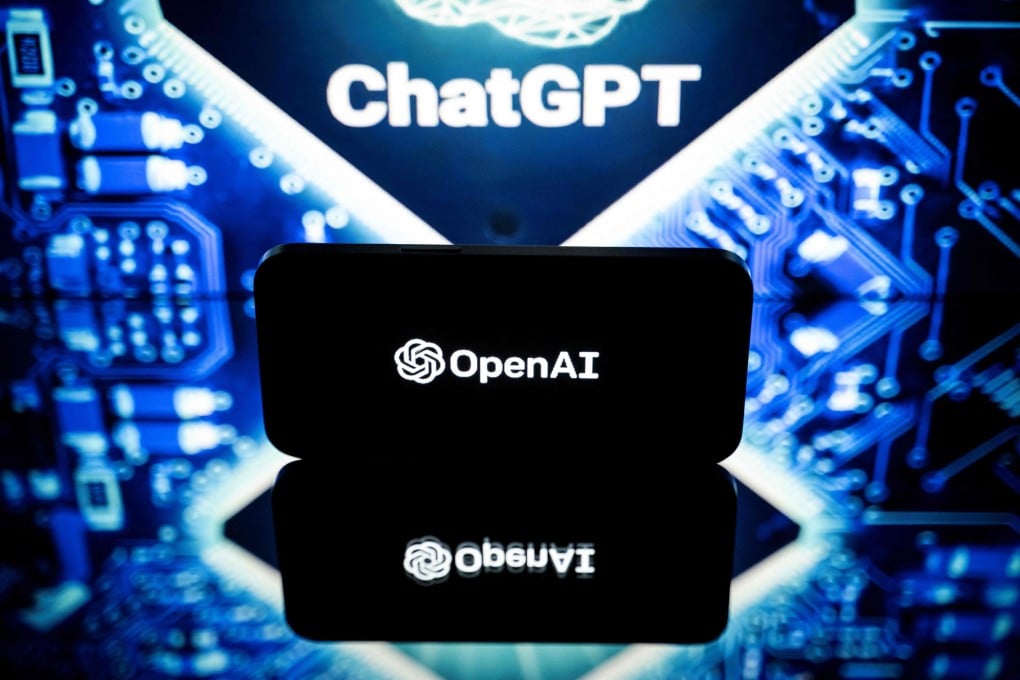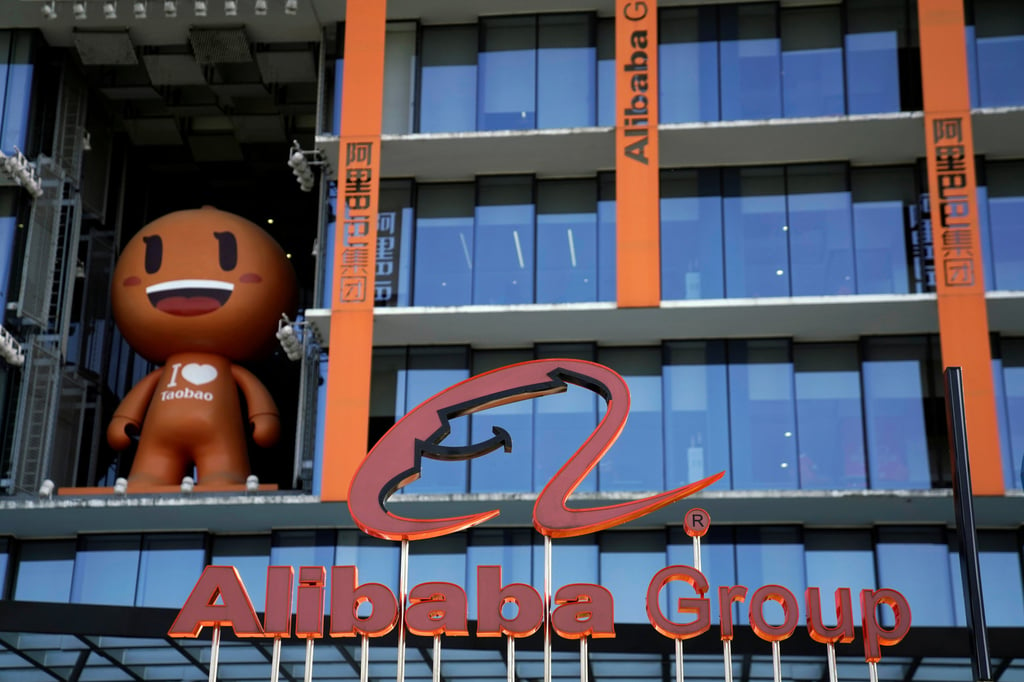How quickly are China’s ChatGPT-style services catching up with Microsoft-backed OpenAI?
- iFlyTek claims its own large language model (LLM) application would be able to surpass ChatGPT in the Chinese language world by October
- One expert says China lags ChatGPT by about 2 to 3 years, while the race has entered another phase with OpenAI’s GPT4 hailed as the most advanced LLM to date

The popularity of artificial intelligence (AI) chatbot ChatGPT, launched by US firm OpenAI last November, has opened the floodgates to similar services in China, with many firms pledging to catch up or even outperform the American company in the world of Chinese language AI.
Despite China’s lack of access to the most advanced chips – the crucial requirement for training AI models – Chinese tech firms have enthusiastically jumped into generative AI development, but some experts have warned that the industry is anything from 18 months to three years behind ChatGPT.
Voice and language recognition developer iFlyTek is the latest to publicly boast about its potential to outperform ChatGPT. Company chairman Liu Qingfeng said at a product launch on Saturday that iFlytek’s own large language model (LLM) application, SparkDesk, would be able to surpass ChatGPT in the Chinese language world by October.
As ChatGPT is not available in China and the central government is applying its strict censorship rules to generative AI content, the closed market has provided hope for local tech firms to stake their claim domestically.
Alibaba owns the South China Morning Post.
Meanwhile, the debate over whether China can catch up continues. Some generated images from Ernie Bot, which suggested that the system was simply translating Chinese into English for prompts, fanned discussion that Baidu had borrowed the core of ChatGPT, an allegation the company denied. OpenAI’s generative pre-trained transformer (GPT) 3.5 model is the core technology behind the US start-up’s chatbot.
